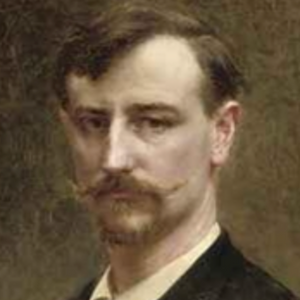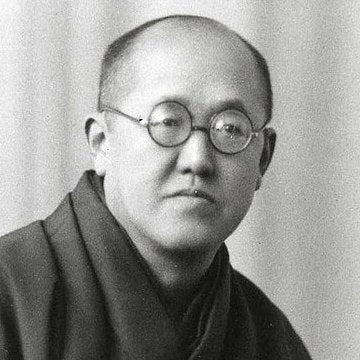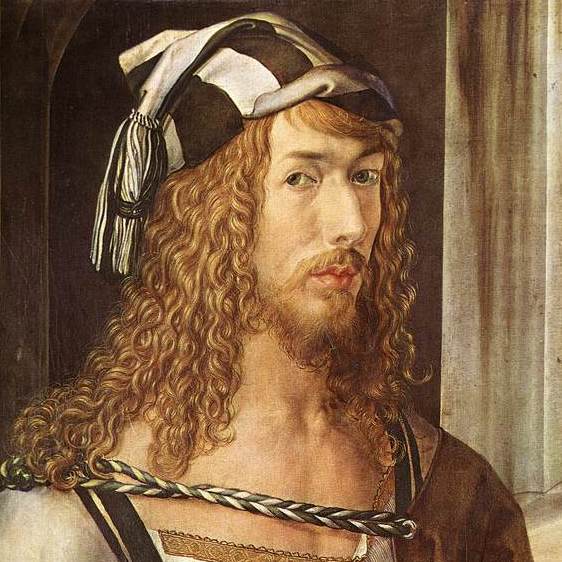
Guillaume Seignac
A master of academic painting, Guillaume Seignac was born on August 25, 1870 in Rennes, France. At a time when the art world was dominated by Impressionism and Post-Impressionism, Seignac chose a different path. He immersed himself deeply in the traditions of academic art shaped by the École des Beaux-Arts in Paris. There he studied under the tutelage of masters such as Gabriel Ferrier and William-Adolphe Bouguereau, who introduced him to the intricacies of classical painting. Seignac's works are known for their impeccable technique and depiction of idealized female figures, often appearing in mythological or allegorical scenes.
Seignac's career was marked by a remarkable devotion to the perfection and beauty of the human form. His paintings exude a timeless elegance that transports the viewer to a world of grace and harmony. Although he worked in an era marked by artistic upheaval, Seignac remained true to his classical training and created works that were appreciated by both art critics and audiences. His ability to masterfully use light and shadow gave his paintings an almost photographic quality that brought his figures to life.
Interesting fact:
A lesser-known aspect of Seignac's life is his fondness for cats. It is said that he often painted with one of his cats in the studio, who kept him company and occasionally served as a model for his sketches. This animal companion is said to have helped him find the calm and serenity that is so evident in his works. Another amusing detail is that, although Seignac was known for his idealized depictions, he was himself an avid collector of curious and quirky objects that he discovered during his travels around Europe. This collection ranged from antique statuettes to unusual musical instruments, which he proudly displayed in his Paris studio.
Important works of art & paintings by Guillaume Seignac:
1. ""La Paresse"" (1906)
2. "Cupidon" (around 1900)
3. "L'innocence" (around 1900)
4. ""Le secret"" (around 1900)
5. ""Jeune femme à la rose"" (around 1900)
6. "La Nymphe de la Source" (around 1900)
7. ""Le Réveil de Vénus"" (around 1900)
8. "Psyche" (around 1900)
9. ""La Baigneuse"" (around 1900)
10. "Le Sommeil" (around 1900)
"








